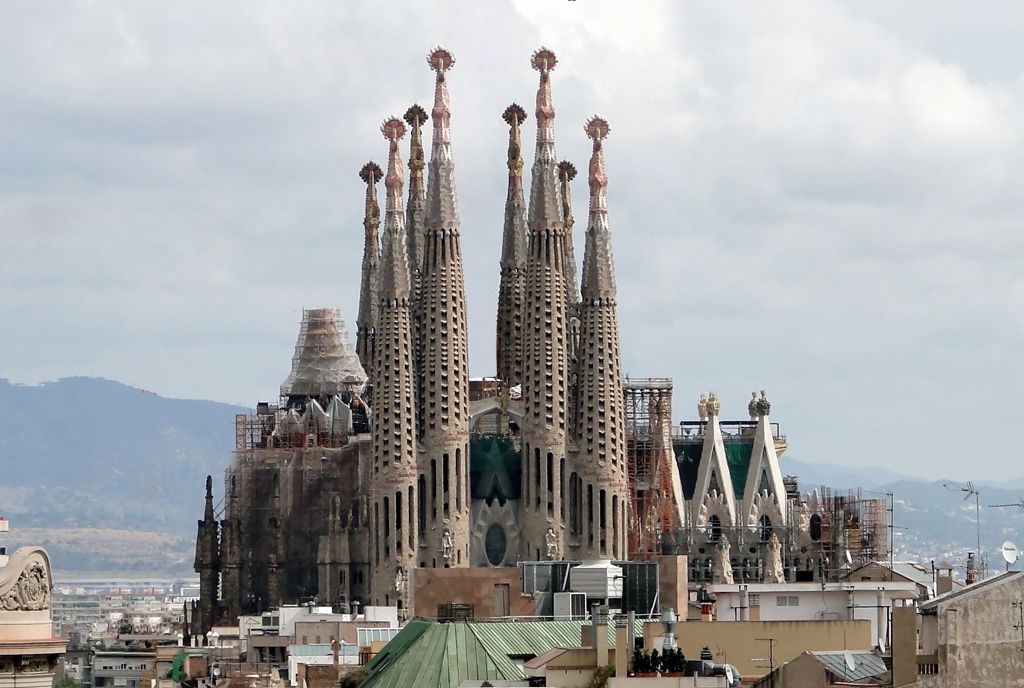137 Years After Construction Began, La Sagrada Familia Receives Building Permit | Smart News
Detail of the roof in the central nave of la Sagrada Familia. The columns are designed to invoke trees and branches.
SBA73 via Wikimedia Commons under CC BY-SA 2.0
At this point, Barcelona’s La Sagrada Familia is almost as famous for its history of construction woes as it is for being designed by Catalan modernist Antoni Gaudí.
Today, 137 years after its first stone was laid, the Roman Catholic basilica remains unfinished. But local authorities recently announced that the project, which has been under construction since 1882, has finally passed a major milestone: securing the building permit needed to ensure its construction’s legality.
At a press conference last Friday, Janet Sanz, Barcelona’s deputy mayor for ecology, urbanism and mobility, explained that the local council had resolved “a historical anomaly in the city—that an emblematic monument like the Sagrada Familia … didn’t have a building permit. ”
According to the church’s official architecture blog, individuals associated with construction first applied for a permit in 1885, three years after work began. This application, submitted to the City Council of Sant Martí de Provençals (a local neighborhood), included a blueprint signed by Gaudí, but as Barcelona officials told press, was never recorded as being granted or rejected. The oversight was only discovered in 2016, Agence France-Presse reports, creating a conundrum for the foundation tasked with completing and preserving the long-unfinished basilica.
Speaking with NPR’s Gabriela Saldivia, Sanz adds, “They were working on the church in a very irregular way. And we were very clear that, like everyone else, La Sagrada Familia should comply with the law.”
The seven-year license, planned to cover construction through completion in 2026, requires the foundation to pay Barcelona 4.6 million euros, or $5.2 million USD. As Taylor Dafoe reports for artnet News, this hefty fee—the highest licensing cost in the city’s history—arrives less than a year after officials imposed a $41 million fine on the church’s trustees for building without a permit.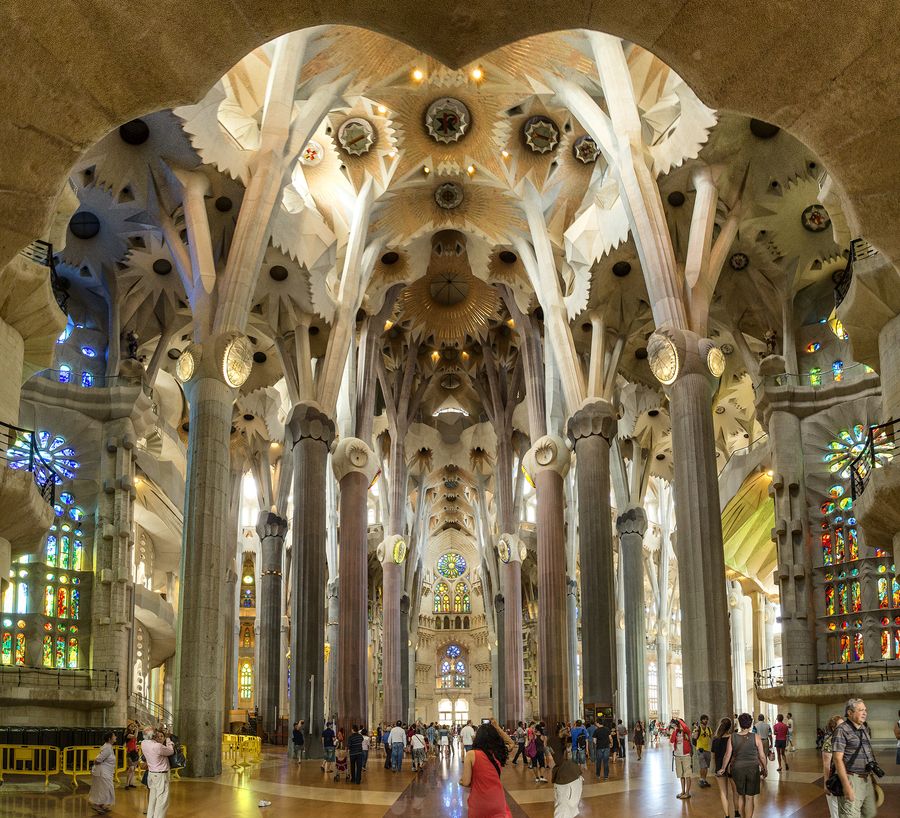
La Sagrada Familia welcomes some 4.5 million visitors every year
C Messier via Wikimedia Commons under CC BY-SA 4.0
Under the new agreement, the La Sagrada Familia foundation pledges not to increase attendance, which is already placing pressure on the popular city; according to Dafoe, some 4.5 million annual visitors pay between $19 to $43 to enter the basilica, while an additional 20 million take in the visual spectacle from its surrounding grounds. To cut down on congestion, trustees will create a direct access route from the local metro stop to the church.
Ideally, Gaudí’s masterpiece will be completed by 2026, the centenary of the esteemed architect’s death. Gaudí’s ambitious design originally featured 18 towers, including 12 for each of the biblical disciples, but as the Associated Press notes, it’s possible that some of these spires will never be erected. Currently, just eight are complete. If the church actually rises to 566 feet, the maximum height Gaudí envisioned, it will become the tallest religious structure on the European continent.
A number of obstacles have prolonged the basilica’s construction. As Benjamin Sutton writes for Artsy, the architect himself only lived to see one bell tower completed; struck by a train on June 7, 1926, he died three days later at the age of 73, leaving his assistant, Domènec Sugrañes, to oversee the building of three additional towers.
But 10 years after Gaudí’s death, disaster struck: Civil war broke out in Spain, and anarchists targeted both the architect’s former studio and his greatest creation, destroying plaster models and drawings and inflicting significant damage to the church. Work slowly resumed over the following decades, and in 2005, Unesco designated the mostly completed building a World Heritage Site. If the basilica is actually finished by 2026, according to the Culture Trip, its almost 150-year construction period will surpass that of the Egyptian pyramids and come in just 50 years shorter than the time it took to build the Great Wall of China.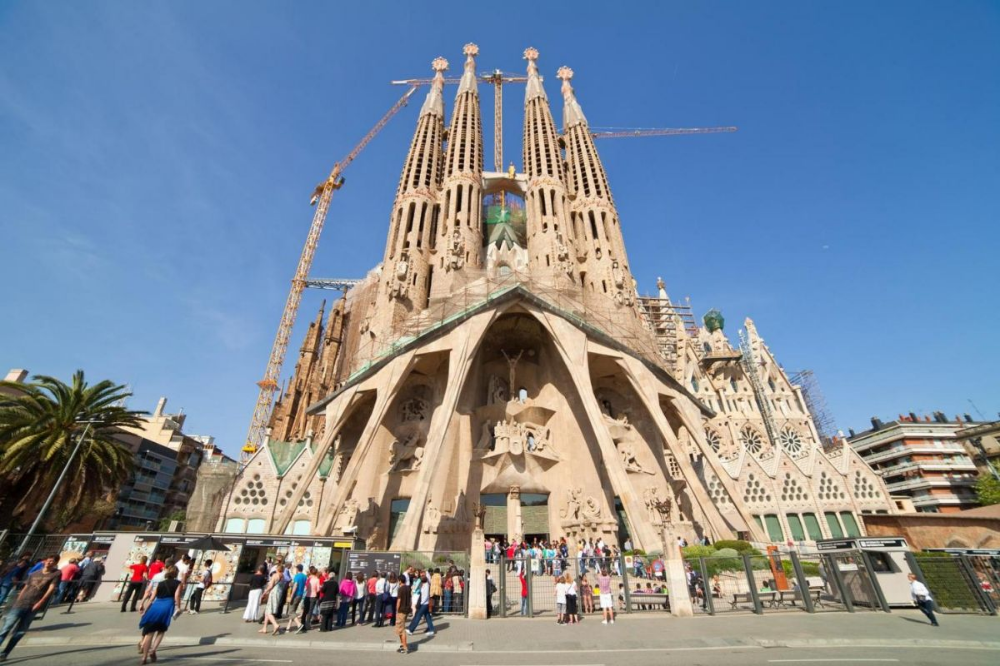
Recommended Videos
Basílica de la Sagrada Família
The Sagrada Família is Barcelona’s indisputable icon and Antoni Gaudí’s masterpiece. It is the city’s most visited monument. It is recognisable from afar thanks to its sky-scraping towers, while its two exterior facades impact visitors at its site. However, it is inside where Gaudí’s genius is most evident. The basilica is still under construction and is not expected to be completed until 2026.
Its towers, visible from numerous points in the city, have become a characteristic element of Barcelona. Their objective is to indicate the path to the basilica for pilgrims. Barcelona cannot be conceived of without this expiatory church, to which Antoni Gaudí dedicated 40 years of his life.
Construction of the Sagrada Família or to give it its full title in English the Basilica and Expiatory Church of the Holy Family, which has been declared a UNESCO World Heritage Site, started in 1883 and is still not finished.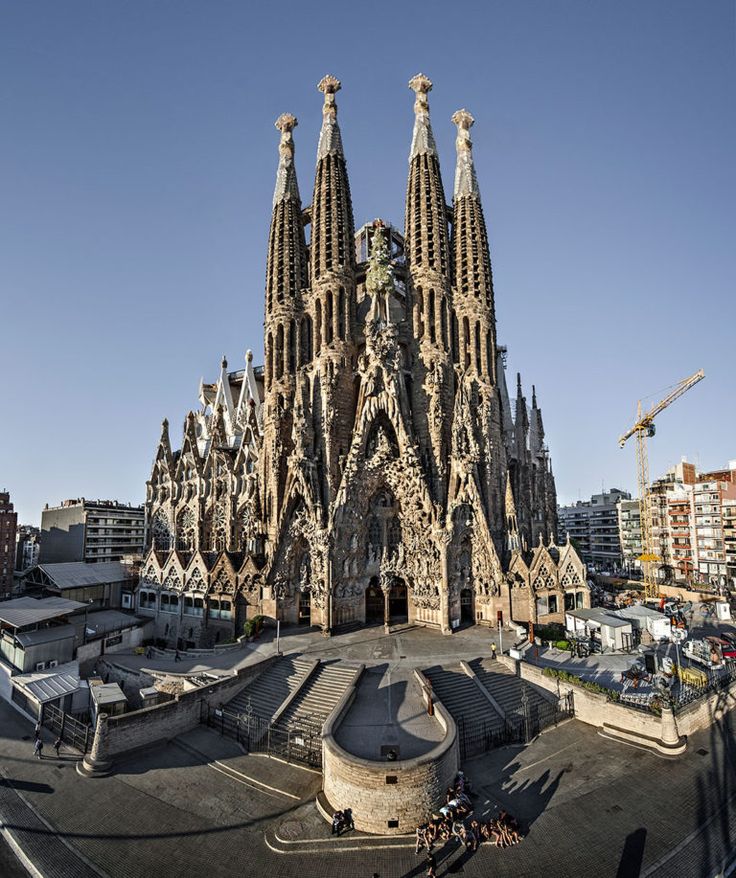
Gaudí exclusively dedicated the last 15 years of his life to the Sagrada Família, which represented the synthesis of his entire architectural career, given that he applied to the basilica everything he had learned from his other projects, such as Casa Batlló, Torre Bellesguard, La Pedrera and, above all, the crypt at Colònia Güell. The architect himself affirmed ‘I tried out the Sagrada Família’s structure first at Colònia Güell. Without this test I would never have dared use it for the basilica.’
One of Gaudí’s major contributions to the construction is the application of catenary arches, which make it possible to construct large buildings without the need for lateral structures acting as buttresses. Many of the Sagrada Família’s columns are at an angle because they form part of a catenary arch.
The floor plan is that of a basilica composed of a Latin cross with five naves, a transept with three naves, and an apse with a very wide ambulatory that has seven polygonal chapels and two spiral staircases leading to the choirs. For the design of the structures, Gaudí took inspiration from nature, creating columns in the shape of tree trunks that convert the interior of the basilica into an enormous stone forest. There are abundant religious references with all kinds of details. To reduce the weight of the roofs and fill the space below with sunlight, the architect built gold and green stained glass skylights into the gaps between the columns based on the concept of hyperboloid structures.
The symbolism is remarkable on its three main facades: the Nativity facade, which is highly decorated and full of life, and the only one that Gaudí saw in its completed state; the Passion facade, which covers the death and resurrection of Jesus, is more austere and simplified and was designed and built by the sculptor Josep Maria Subirachs from 1987 to 2009; and the Glory facade, which will be much larger and more monumental than the others, once it is finished.
But without doubt, one of the most characteristic elements of the Sagrada Família is its sheer verticality, which has the symbolic aim of reaching up to God and will be fully realised when the 18 towers designed by Gaudí, each one with its own dedication and crowned with a pinnacle that appears to fuse with the very heavens, are completed. The construction of the basilica is expected to be completed in 2026, when the church that Gaudí designed will fully transform the skyline of Barcelona, where no building has ever dared to be taller than the height planned for the Sagrada Família.
Within the enclosure occupied by the basilica, on Carrer de Sardenya, Gaudí constructed, in 1908 and 1909, the Sagrada Família Schools. The school building was designed for the children of disadvantaged families in the district and the children of the labourers working on the Sagrada Família. The building was constructed in an area that Gaudí expected to be vacant for some time, even though he had designed part of the basilica to be constructed on it.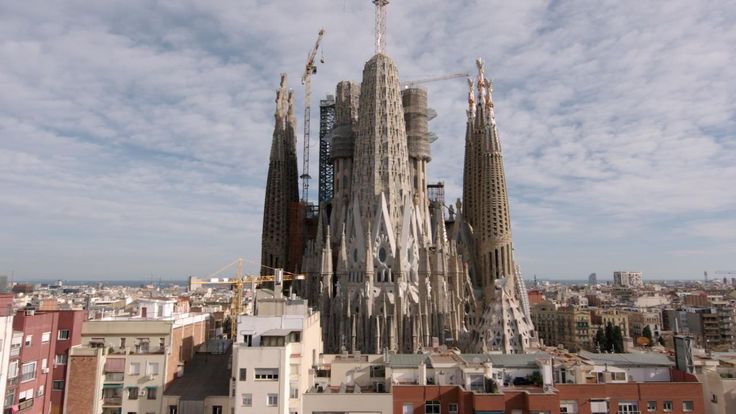
History of the monument
The first stone of the Temple Expiatori de la Sagrada Família (Expiatory Church of the Holy Family) was laid on 19 March 1882, and from then on construction of the crypt began.Shortly after, due to disagreements with the sponsors, oversight of the work was passed on to Antoni Gaudí.
Today, 70% of the construction of the Basilica is complete and efforts are now focused on the work involving the six central towers. It is expected that by 2026, work on the Sagrada Família will be completed.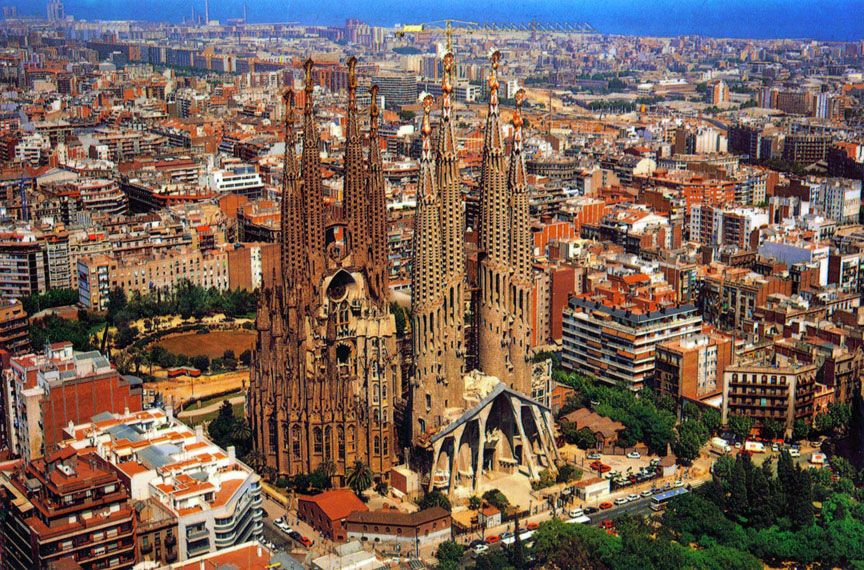
Highlights of the interior and exterior of the Basilica
The most outstanding features inside the Sagrada Família are its impressive columns, built with materials of different hardness. Inside the Basilica are long, thick columns of red porphyry, volcanic rock, small and dark columns made from basalt and granite columns that project the exterior light.
Also worth mentioning are the Sagrada Família altar and its apse, which is inside one of the seven crypts of the Basilica. The interior of the crypt is decorated with the heads of angels and an image of Jesus hanging from the cross. The stairs go up on both sides, symbolising the way between earth and heaven.
The most striking external features of the Sagrada Família are its towers and the three facades that represent the phases of the life of Jesus: Nativity, Passion and Glory. The work on this magnificent exterior is far from complete
Regarding the facades, the Nativity Facade (in the northeast, facing Plaça de Gaudí) has three doors with sculptures of the following virtues: Faith, Hope and Charity.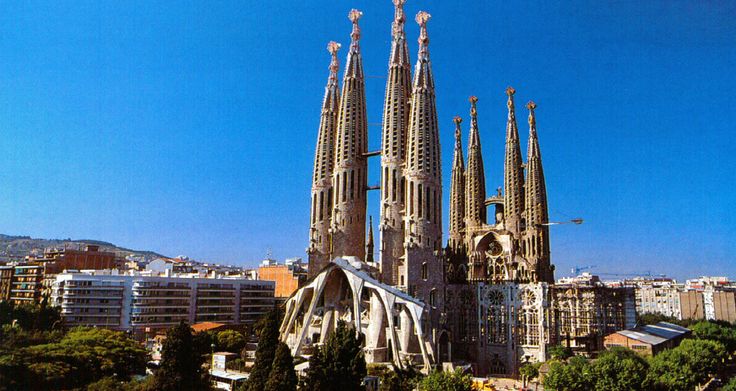
How do you get to the Sagrada Família?
The Sagrada Família stop on the Blue Route of Barcelona Bus Turístic is just outside the monument.
Sagrada Familia opening times, prices and tickets
All the information about planning your visit, types of tickets and prices and opening times are available on the official website of the Basilica of the Sagrada Família. In the high season, for greater convenience and guaranteed entry, we recommend purchasing tickets over the internet.
For the most curious of you
- Did you know? The Sagrada Família is full of examples of symbolism, some of which are in plain sight while others are hidden.
One of them is a 4×4 magic square, which vertically and horizontally always adds up to 33, the age of Christ at the time of the Passion. A similar square can be seen in the famous engraving “Melencolia” I by Albrecht Dürer.
- Local’s tip: To bypass crowds, avoid peak times. Make sure to wake up early if you want to buy a ticket and, with luck, visit the church on the same day.
- A must: You wouldn’t really leave Barcelona without seeing the Sagrada Família, would you?
Sagrada Familia in Barcelona – 71 photos
Cathedral Barcelona Gaudi project
Sagrada Familia Catalonia
Sagrada Familia in Barcelona
Spain Sagrada Familia Cathedral
la Sagrada Familia
Antonio Gaudí
Sagrada Familia Spain
Barcelona Sagrada Familia
Sagrada Familia Expiatory
Cathedral in Spain in Barcelona Sagrada Familia
Spain Cathedral of the Sagrada Familia
Spain Cathedral of the Sagrada Familia
Sagrada Familia Antoni Gaudí
2 Cathedral of Sagrada Familia in Barcelona 3
Sagrada Familia Antoni Gaudí
Cathedral in Catalonia Gaudí
Sagrada Familia Barcelona
Cathedral in Barcelona Sagrada de Familia
Sagrada Familia and Benedictine Monastery
Spain Barcelona
Sagrada Familia Barcelona
Sagrada Familia in Barcelona
Sagrada Familia in Barcelona
Gaudi Spain Sagrada Familia in Barcelona
lia
Cathedral in Spain in Barcelona Sagrada surname
A.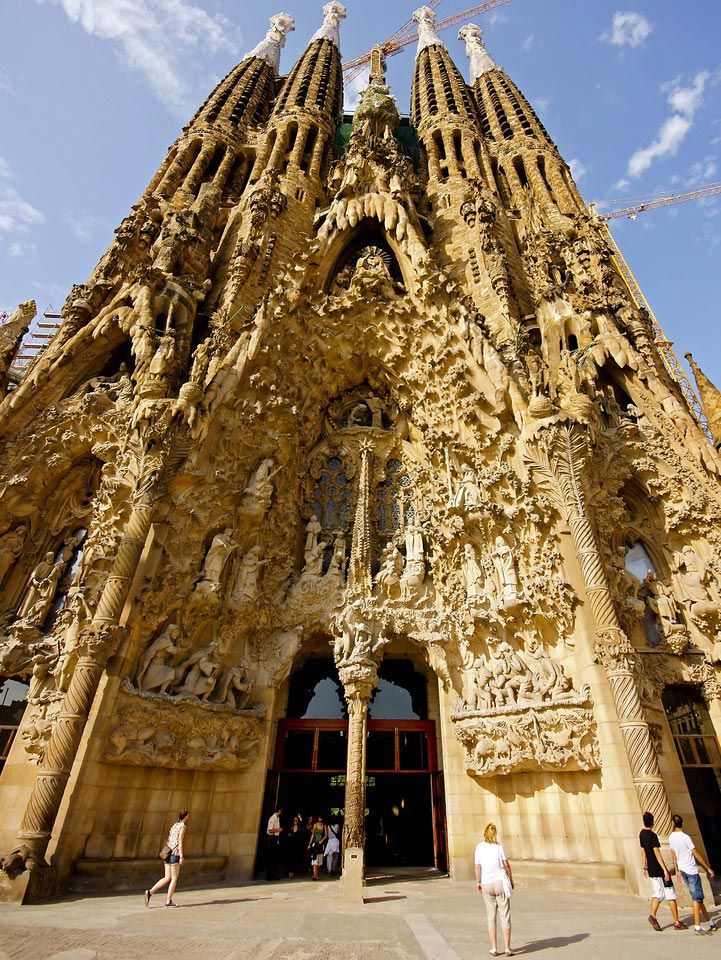
Spain Sagrada Familia
Sagrada Familia Barcelona
Gaudí Cathedral
Antonio Gaudí Sagrada Familia
Sagrada Familia Expiatory Church, Barcelona, Spain
Gaudi Architect Barcelona Temple
9003 Barcelona Familia Cathedral 90 Barcelona Familia 90 04
Sagrada Familia Barcelona Height
Church Holy Family Sagrada Familia
Gaudí Architecture Sagrada Familia
Interior of the Sagrada Familia
Gaudi Architecture Sagrada
Sagrada Cathedral
Cathedral in Catalonia Gaudí
Grada de Familia Barcelona
Gaudí Barcelona Sagrada Familia Cathedral
Church in Barcelona which has been under construction for more than
years
002 Gaudí Sagrada familia inside
La Sagrada Cathedral Familia
Barcelona architecture Gaudí Temple
Sagrada Familia Barcelona Spain
Gaudi Cathedral in Barcelona
Sagrada Familia Cathedral in Barcelona outside
Antonio Gaudi Sagrada Familia Cathedral
7.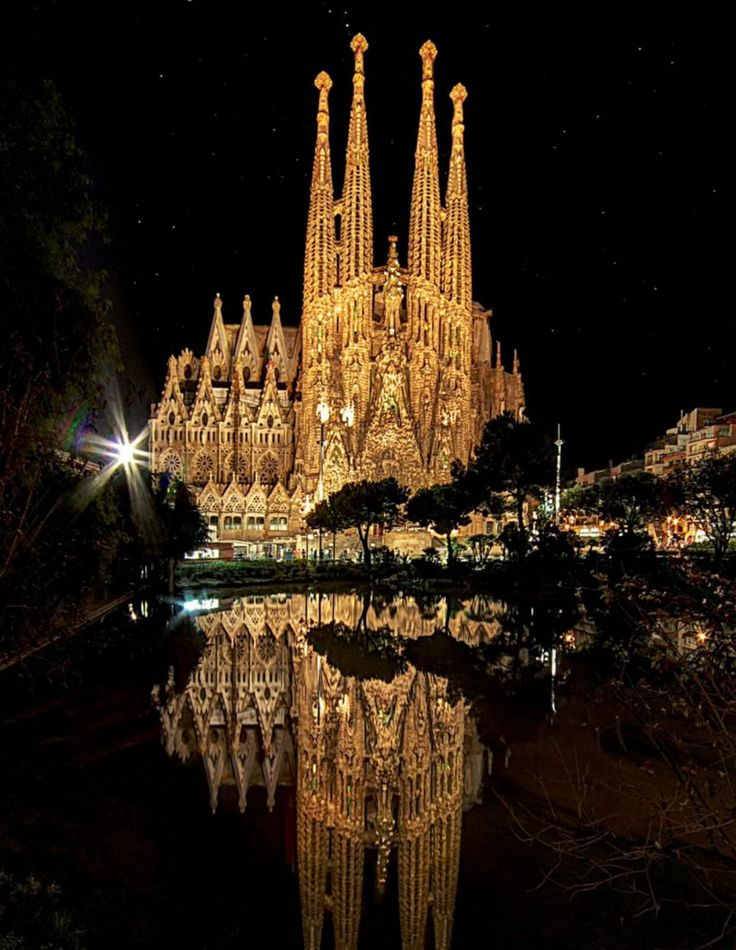
Church in Italy similar to the Sagrada in Barcelona
Gaudi Architect Barcelona Cathedral
Sagrada Familia Barcelona
Spain Sagrada Familia Cathedral Architect
Antonio Gaudi Cathedral of the Holy Family
Gaudí Sagrada Familia
Sagrada Familia Expiatory Church
Gaudí Cathedral in Barcelona
Barcelona Spain City of Cathedrals
Sagrada Familia in Barcelona
Gaudí Cathedral in Barcelona
Gaudí Cathedral Museum in Barcelona
la Sagrada Familia
Spain Gaudí Barcelona
Spain Attractions Sagrada Familia
Sagrada Familia in Barcelona
Sagrada Familia façade of glory
Barcelona architecture Gaudí Church of the Holy
Sagrada Familia Sagrada da Familia
Sagrada Familia in Barcelona. Temple Sagrada Familia
We are all used to the fact that when visiting other countries, we see sights that are more than one hundred years old.
History of the Sagrada Familia
The founder of the Sagrada de Familia, the person who first laid his idea, is considered to be José Maria Bocabella. He can be called a real expert in church architecture – he traveled a lot around the country and liked to watch the construction of new churches. Once this man decided to create a cathedral in Barcelona, which would be in no way inferior to the best and most majestic churches in Rome.
In 1881, a special site was assigned to the Church of the Holy Family on the outskirts of the city, and then construction began.
The construction of the Sagrada Familia was not easy and the difficulties began from the moment the project was approved.
José Bocabella, in the end, acted very wisely and in order not to spoil relations with any of the architects, he offered to work on the project of Antonio Gaudi. At that moment, by the standards of the architectural craft, Gaudí was considered still very young – at 31, few people could boast of working with such large structures. In order to further interest the young master in the work of Bocabella, he agreed not to hamper the flight of his thoughts and build the cathedral exactly as the architect Gaudi sees it himself.
Initially, Gaudí set aside 18 years for the construction of the Sagrada Familia Cathedral, but time put everything in its place – the building has not yet been completed.
Inside view
Inside the Sagrada Familia there is also something to see – inside the building, oddly enough, it seems even larger than outside. It is characterized by high arches and snow-white columns supporting the vaults.
Getting here, most tourists at first freeze in fascination – as in the best churches of the world it is not immediately possible to cope with the surging feeling of grandeur, in the face of which you find yourself.

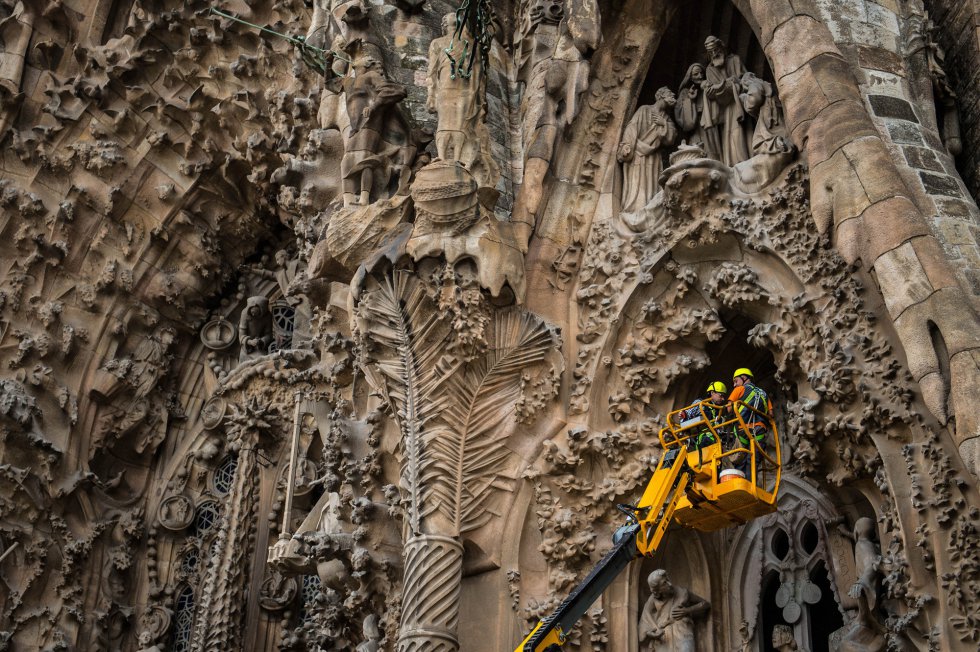 One of them is a 4×4 magic square, which vertically and horizontally always adds up to 33, the age of Christ at the time of the Passion. A similar square can be seen in the famous engraving “Melencolia” I by Albrecht Dürer.
One of them is a 4×4 magic square, which vertically and horizontally always adds up to 33, the age of Christ at the time of the Passion. A similar square can be seen in the famous engraving “Melencolia” I by Albrecht Dürer.